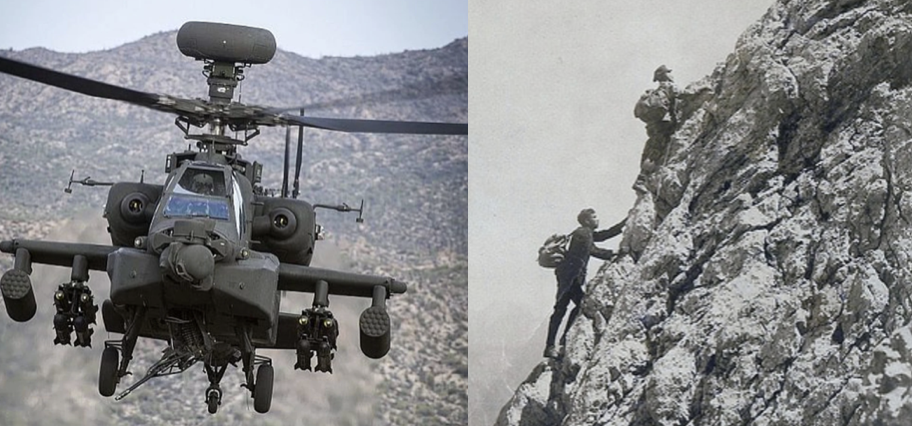By Anonymous
I have long disliked the term “peakbagging.” I feel like the implication that a person is capable of “bagging” a mountain’s summit is naïve bordering on irresponsible. If the mountain wanted to throw you off, it would throw you off. If it wanted you dead, it would kill you. It is for this reason that climbers, mountaineers and alpinists the world over who aspire to great feats are required to exercise immense discipline; in their physical preparation, in their gaining knowledge and in their acquiring and perfecting of skills that will allow them safe passage in high altitudes or, as required, pull them back out when everything goes to hell.
But we live in an age where a person can pay another, who has put in that effort, to schlep them up a mountain like a bag of meat. They take their picture at the top, get carried back down the mountain, and then triumphantly tell the social media world about their “accomplishment.” But such a person has as much claim to the title of “mountaineer” as I had to the title “pilot” during my first flight in the skies above the green carpet of Fort Rucker, AL, and its surrounding woodlands.
I remember the first time that I climbed a mountain for no other reason than the joy of standing at the top. It involved nothing more technically difficult then some scrambles over scree fields and up a few gnarly boulders. Having grown up in Utah, I was familiar enough with moving in the mountains to have no issue with the obstacles I faced but unfamiliar enough with the intricacies of mountaineering to be not even remotely capable of doing anything more difficult. At least not safely.
Over a decade later, the sensation of my first flight in the TH-67 Creek was much the same. I’d been attending classes to have some rough concept of how the whole thing worked – the aircraft itself, aerodynamic processes and principals of flight, move this to do that, etc. My instructor pilot gave me the controls for the first time and I thrilled at my fortune, but was capable of doing no more than maintain forward flight (with airspeed). Had I been asked even to land the aircraft, I wouldn’t have been able to do it. Not at that moment.
Though unconnected in specific substance, the experiences I had in the mountains in the ten-plus years between these two events prepared me for my development as a combat pilot in one of history’s most advanced war machines. The discipline the mountains require, the caution they demand and the controlled risk that is necessary to enjoy them to their fullest are all traits that translate directly into flying a combat aircraft in a war zone. For just like the mountains, combat flying will eat the person alive who takes a lackadaisical approach to it.
There are those climbers that people watch in documentaries or YouTube videos that draw responses of, “Do they have a death wish?” or something similar thereto. In some cases, certainly, the individuals in question are taking risks well beyond their training and skill level. But for the 97% of climbers and mountaineers who are serious about their trade, every single step of the process of moving vertically is very calculated and very controlled, though, naturally, Murphy occasionally steps in. These people have no wish to die, quite the opposite, they are driven by their desire to live. So they train and hone their abilities so that the edge of what’s possible is continually a moving horizon, not a wall that they can’t overcome. So that they can go higher and further while still being as safe as possible.
This is certainly how I approached the sport. I love life and intend to live a long one. But I was also not built to spend my life on a putting green or watching other people’s lives on TV. So I trained. I worked at improving my own abilities. I had to take calculated risks to improve my abilities and confidence so that when Murphy attempted to become the narrator, I could fight back. For one who never takes any measure of risk will be utterly unable to react appropriately or effectively in moments where things are not going right. And then, when I went into the mountains to test myself, I always did everything I could to be as safe as possible while also challenging myself and my limits.
And I found bliss. In the triumphs and in the abysmal failures. I took note of what went right and what went wrong, and then I adapted my training regimen accordingly. And now, by the same processes, the same concepts, the same desire to make myself as ready for every situation as I can be, I fly the AH-64D Apache into combat. With the lessons and experience the mountains taught me.
The author is an aspiring mountaineer and Apache Pilot, currently serving downrange.

